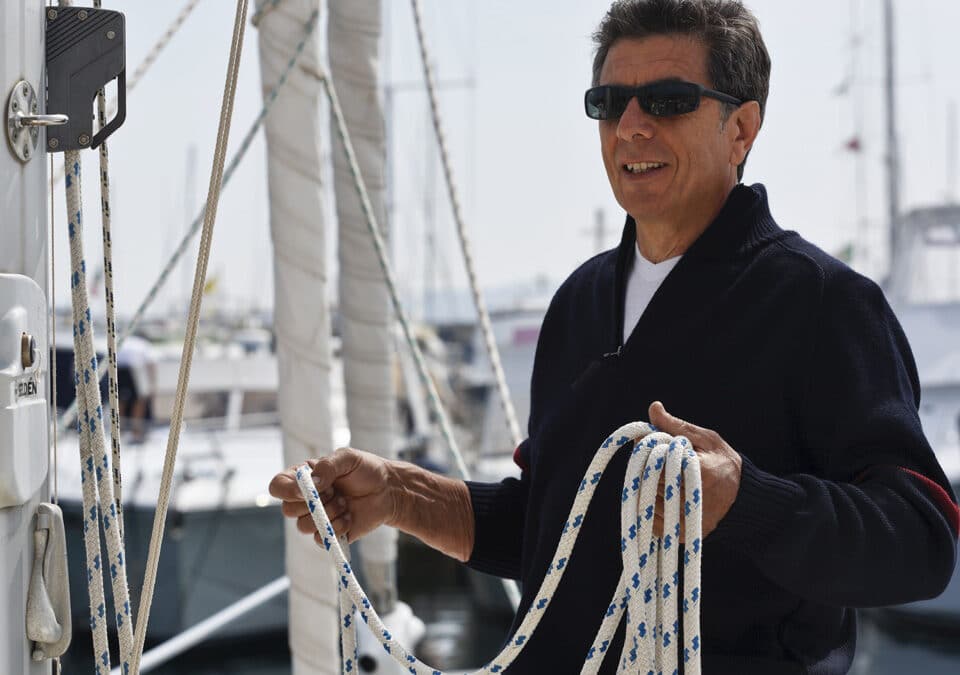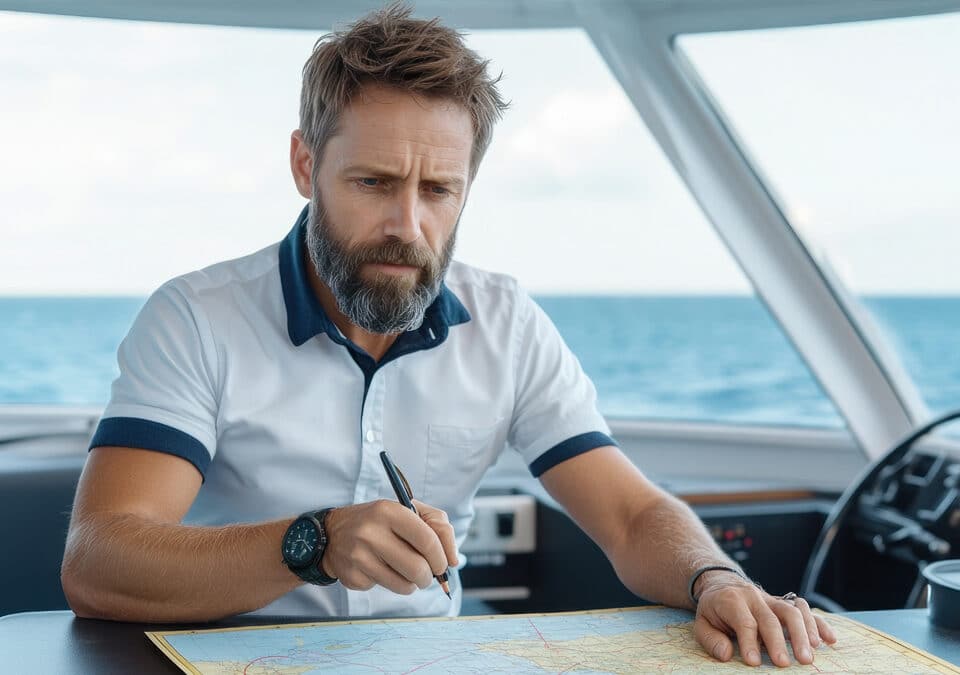
2026 regatta calendar in France and abroad
29 August 2025
How can I find work as a professional captain?
29 August 2025Whether you’re an experienced sailor, an enthusiastic beginner or a professional retraining, taking a captain’s course is an essential step in your career or your passion for boating. Earning a recognized diploma, such as the Capitaine Master 200 GT, can open the door to new opportunities: working as a yacht captain, complying with regulations, or simply acquiring the skills you need to sail your own boat safely.
But beware: many candidates make mistakes that complicate their training. Here are 5 mistakes to avoid if you want to succeed in your training.
❌ 1. Not choosing a course that fits your schedule
One of the main constraints for adults in training is reconciling study, work and family life. Opting for rigid, inflexible training can quickly become a source of stress.
Tip: opt for modular training, with intensive sessions or support that fits in with your schedule.
❌ 2. Underestimate / Overestimate theoretical workload.
Even for experienced sailors, captain’s training includes a demanding theoretical component: maritime regulations, safety, meteorology, naval mechanics. It is sometimes difficult to estimate the time required to meet these demands.
Tip: plan regular revision time, with reasonable working hours, and don’t rely solely on your practical experience.
❌ 3. Neglecting the administrative and regulatory aspect
To obtain a diploma such as the Captain Master 200 GT, you need to meet a number of prerequisites (diplomas, certificates, sailing attestations, etc.). Many learners lose time by failing to anticipate these requirements.
Tip: find out in advance what documents you’ll need to provide, and have them ready before the course starts.
❌ 4. Thinking that experience at sea is enough
Some experienced sailors approach training thinking that their experience will make up for everything. But the exams require a precise grasp of international standards and official procedures.
Tip: use your experience to learn, but be humble enough to go back to the basics to ensure your success.
❌ 5. Choose a training school at random
Not all training courses are created equal. Some schools offer personalized follow-up, a timetable tailored to the needs of professionals, or modern simulators and teaching tools.
Tip: check the success rate of your training organization, and give preference to those specialized in supporting working adults.
Embarking on a captain’s training course is a fantastic opportunity to develop your career, realize a personal sailing project or comply with legal requirements. But to succeed, it’s essential to avoid these common mistakes: neglecting your agenda, underestimating theory, ignoring administrative matters, overestimating your experience and choosing the wrong school.
With The Yachter, you benefit from support adapted to your pace and constraints, thanks in particular to our training courses Captain Master 200 GT and Capitaine Master 500 GT, designed for sailors who want to develop professionally, without jeopardizing their professional and personal balance.



